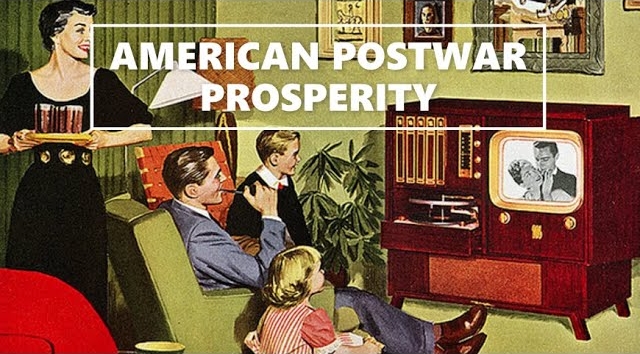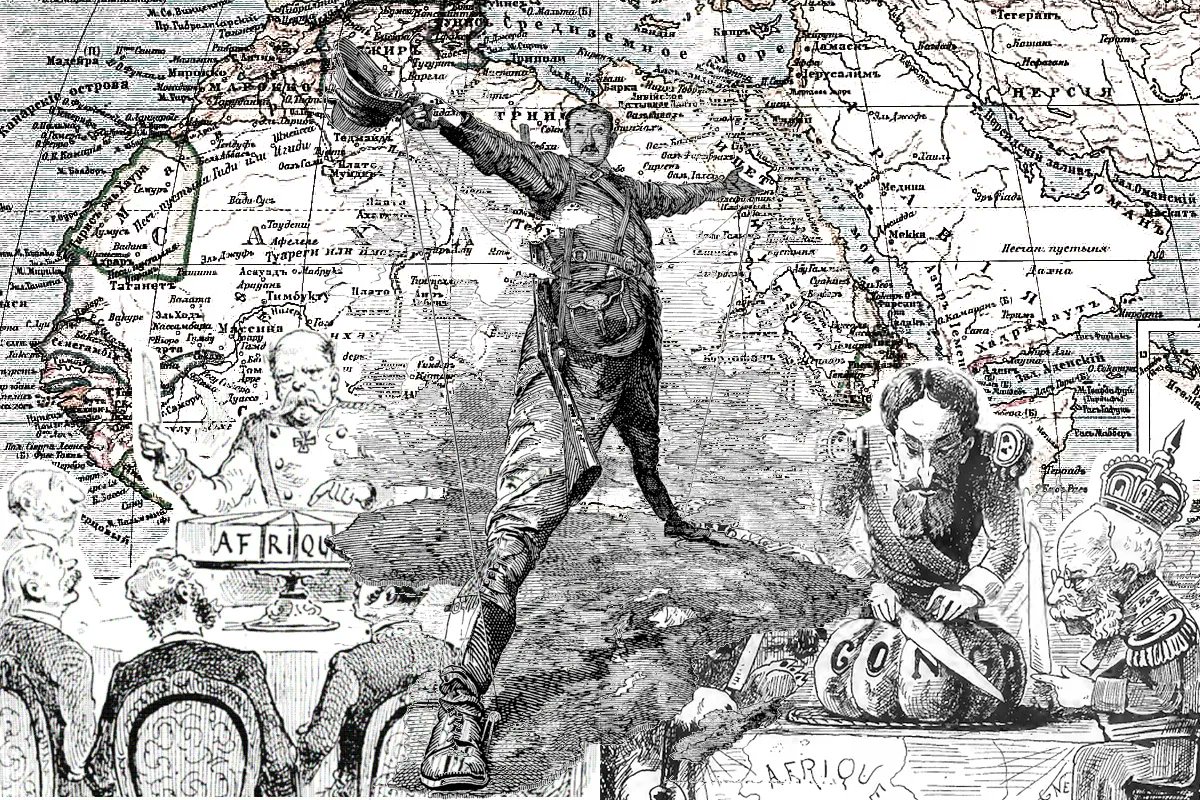The Gilded Age Illusion: Prosperity for Whom? 🧵⬇️
https://twitter.com/GeneSohoForum/status/1951266678018355322
1/ The 1870-1925 "prosperity" was built on three pillars of violence:
2/ 1. Reconstruction-era suppression of Black labor value (wages undercut by Jim Crow)
3/ 2. Indigenous land seizures enabling speculative booms (1.5 billion acres stolen by 1920)
4/ 3. Imperialist looting of Global South resources (US fruit companies in Honduras, oil in Mexico)
5/ Lebergott's metrics obscure class reality:
• Top 1% held 45% wealth by 1916 (IRS data)
• 40% of industrial workers lived in poverty (1912 Senate report)
• Life expectancy for urban poor: under 30 (SSA records)
• Top 1% held 45% wealth by 1916 (IRS data)
• 40% of industrial workers lived in poverty (1912 Senate report)
• Life expectancy for urban poor: under 30 (SSA records)
6/ This wasn't shared prosperity—it was primitive accumulation’s final frenzy.
7/ The immigrant labor surplus served capital’s needs:
• Broke 1877 & 1894 railroad strikes
• Depressed wages by 30% in key industries (steel, textiles)
• Enabled Taylorist speed-ups that doubled injuries
• Broke 1877 & 1894 railroad strikes
• Depressed wages by 30% in key industries (steel, textiles)
• Enabled Taylorist speed-ups that doubled injuries
8/ "Prosperity" flowed upward while workers died at 3x today’s rate.
9/ The era’s technological gains were confiscated by capital:
• Real wages rose just 0.6% annually 1870-1914 (vs. 4% productivity gains)
• Rockefeller’s fortune grew 1000x while miners starved
• 35,000 workers died yearly in accidents (equivalent to 9/11 every month)
• Real wages rose just 0.6% annually 1870-1914 (vs. 4% productivity gains)
• Rockefeller’s fortune grew 1000x while miners starved
• 35,000 workers died yearly in accidents (equivalent to 9/11 every month)
10/ This wasn’t capitalism "working"—it was capitalism unchecked:
• No child labor laws until 1938
• No minimum wage until 1938
• No OSHA until 1970
The bloodstained foundation of modern inequality.
• No child labor laws until 1938
• No minimum wage until 1938
• No OSHA until 1970
The bloodstained foundation of modern inequality.
📢 Engage: Does "prosperity" mean anything when 1% capture 90% of gains? #GildedAge2
📘 Sources:
• @EconomicPolicy’s wage-productivity gap studies
• @HenryLouisGates; Stony the Road on Reconstruction economics
• @CambridgeCore Journal of Economic History’s Gilded Age mortality data
• @EconomicPolicy’s wage-productivity gap studies
• @HenryLouisGates; Stony the Road on Reconstruction economics
• @CambridgeCore Journal of Economic History’s Gilded Age mortality data
@EconomicPolicy @HenryLouisGates @CambridgeCore 💡 Final Thought: "Lebergott measured GDP growth. Marxists measure coffins built and strikes broken."
• • •
Missing some Tweet in this thread? You can try to
force a refresh








